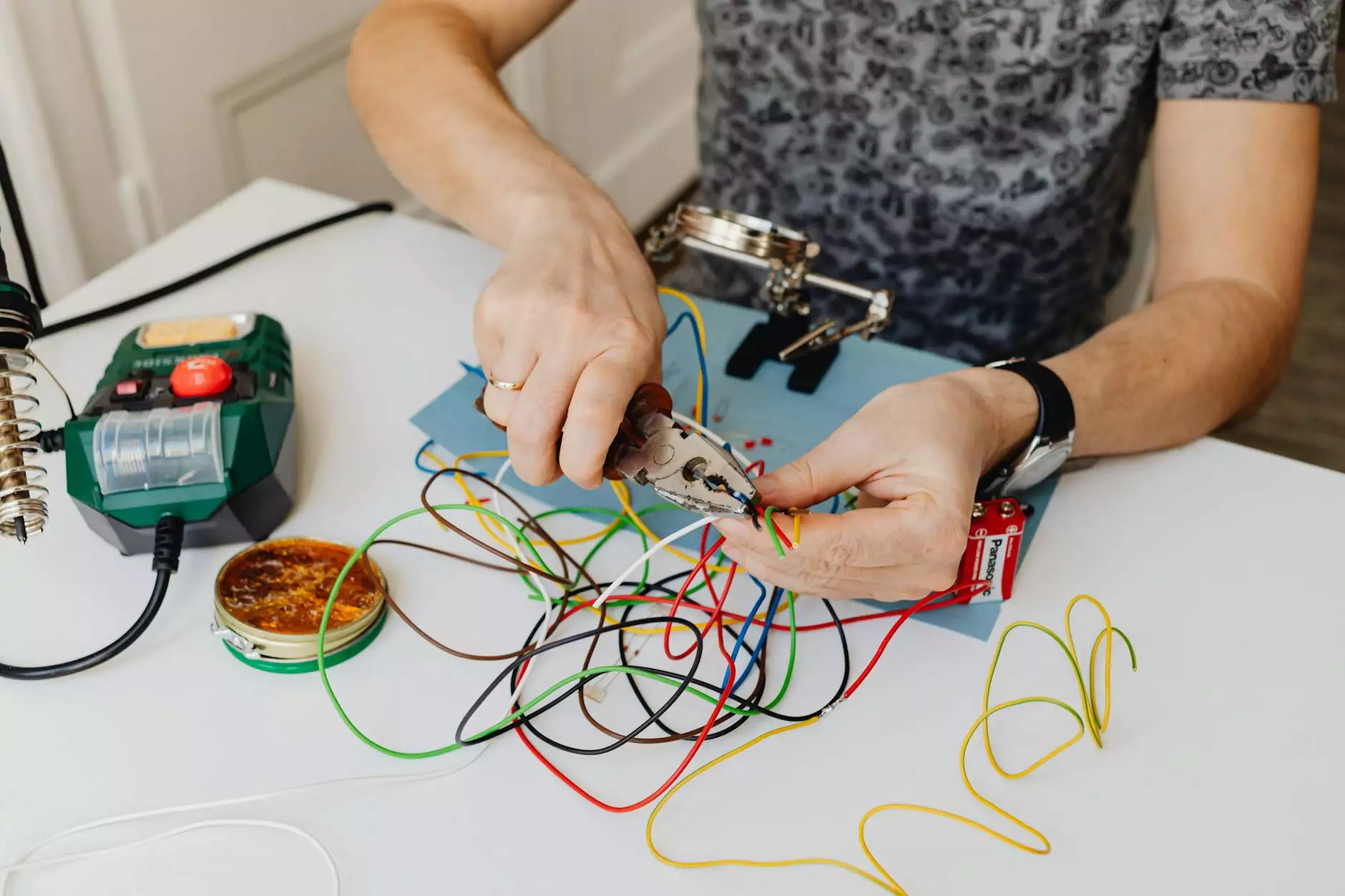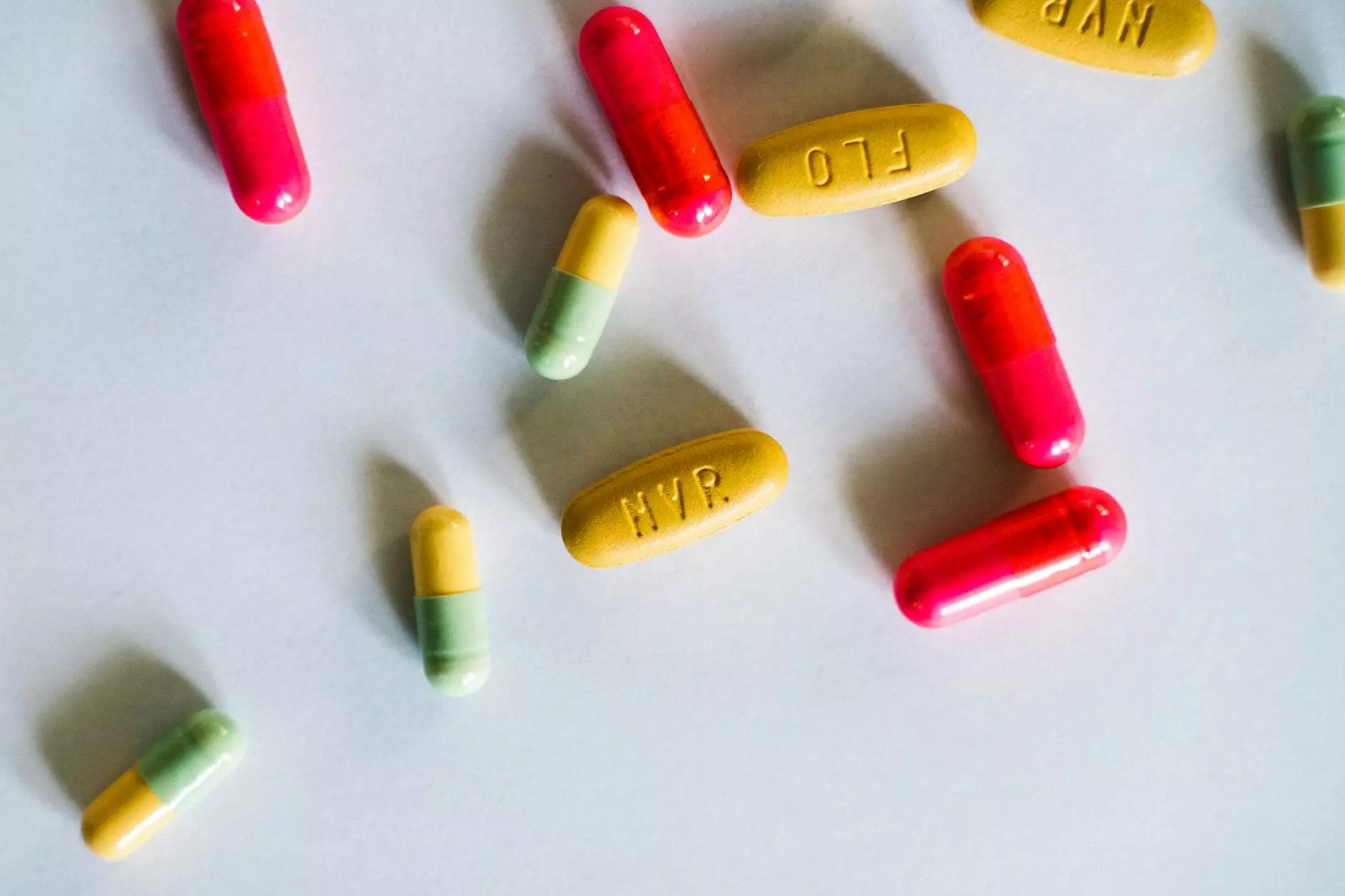Understanding Blood Clots in the Knee

A blood clot in the knee, formally known as deep vein thrombosis (DVT), can pose significant health risks. Early recognition and treatment are crucial for preventing serious complications, including pulmonary embolism. In this comprehensive guide, we will delve into the causes, symptoms, treatment options, and preventive measures concerning blood clots in the knee, ensuring you understand this potentially dangerous condition.
What is a Blood Clot?
A blood clot is a gel-like mass formed by blood cells and proteins, primarily to stop bleeding. While this is a normal healing process, when clots form inappropriately in the veins, they can lead to serious medical issues. When such a clot develops in the veins of the knee, it can cause swelling, pain, and may result in grave complications if not managed timely.
Causes of Blood Clots in the Knee
Understanding the risk factors for a blood clot in the knee is essential. Here are the primary causes:
- Prolonged Immobility: Long periods of sitting, such as during long flights or car rides, can slow blood flow, increasing clot risk.
- Injury or Surgery: Trauma to the knee or surgical procedures can lead to inflammation and clot formation.
- Genetic Factors: Conditions such as thrombophilia make certain individuals more prone to clotting.
- Obesity: Excess weight can increase pressure on the veins, leading to complications in blood flow.
- Hormonal Factors: Hormone replacement therapy or oral contraceptives can increase the risk of clots due to changes in blood coagulability.
- Smoking: Tobacco use can damage blood vessel linings, making clot formation more likely.
Symptoms of Blood Clots in the Knee
Awareness of the symptoms associated with a blood clot in the knee is crucial for early detection and treatment:
- Swelling: Noticeable swelling in the knee or surrounding area.
- Pain: Dull or sharp pain, especially when moving the leg or putting pressure on the knee.
- Warmth: The skin over the knee may feel warm to the touch compared to other areas.
- Redness: Changes in color of the skin around the knee may occur.
- Changes in Leg Size: Affected leg may appear larger than the other due to swelling.
Complications of Blood Clots
If not treated promptly, a blood clot in the knee can lead to severe complications:
- Pulmonary Embolism: If a clot breaks loose and travels to the lungs, it can cause life-threatening complications.
- Post-Thrombotic Syndrome: This condition can cause chronic pain and swelling in the affected leg due to long-term damage to the veins.
Diagnosis of Blood Clots in the Knee
Diagnosing a blood clot in the knee is a multi-step process that usually involves the following:
- Medical History Review: Discussing your medical history and symptoms with a healthcare provider.
- Physical Examination: A thorough examination of the knee and leg, including palpation and assessment of symptoms.
- Ultrasound: The most common test used to visualize the blood flow in the veins, confirming the presence of a clot.
- D-dimer Test: A blood test that measures a substance released when a blood clot dissolves; high levels may indicate clotting disorders.
- CT or MRI Scans: Advanced imaging may be used in complex cases to evaluate clots in greater detail.
Treatment Options for Blood Clots in the Knee
Treatment for a blood clot in the knee depends on the severity and underlying causes. Here are typical treatment approaches:
Medications
The primary treatment for blood clots typically includes:
- Anticoagulants: Commonly known as blood thinners, these medications help prevent existing clots from growing and prevent new ones from forming.
- Thrombolytics: In some cases, medications are used to dissolve larger clots, especially if they threaten to cause serious complications.
Compression Stockings
Wearing compression stockings can help reduce pain and swelling. They assist blood flow in the legs, decreasing the likelihood of clot formation.
Surgical Procedures
In severe cases, surgical intervention may be necessary:
- Thrombectomy: This surgical procedure involves the removal of a clot from a blood vessel.
- Inferior Vena Cava Filter: A filter can be placed in the inferior vena cava to prevent clots from traveling to the lungs.
Preventive Measures for Blood Clots
Preventing a blood clot in the knee is often easier than treating one. Here are several preventive strategies:
- Stay Active: Engage in regular physical activity to promote blood circulation.
- Avoid Prolonged Sitting: Take breaks during long journeys, stretch your legs, and avoid crossing your legs.
- Maintain a Healthy Weight: Keeping your weight under control reduces pressure on the veins.
- Hydration: Drink plenty of water to help maintain good blood flow.
- Quit Smoking: Ending tobacco use significantly lowers your risk of clot formation.
When to See a Doctor
If you suspect that you have a blood clot in the knee, it’s crucial to seek medical attention immediately. Symptoms like sudden swelling, pain in the leg, or changes in skin color shouldn’t be taken lightly. Timely medical intervention can save lives and prevent serious complications.
Conclusion
In conclusion, understanding the factors that contribute to a blood clot in the knee and being aware of the symptoms can significantly impact health outcomes. Being proactive about prevention and knowing when to seek medical advice are crucial steps in managing your vascular health. If you are concerned about blood clots or have questions regarding symptoms, treatments, or preventive measures, don’t hesitate to contact professionals at Truffles Vein Specialists. We are dedicated to your vascular health and committed to providing the best treatment options available.
About Truffles Vein Specialists
At Truffles Vein Specialists, we specialize in vascular medicine, equipped with the latest technologies and expertise to diagnose and treat conditions like blood clots effectively. Our experienced team is here to help you navigate your vascular health and ensure optimal outcomes.
blood clot in knee








